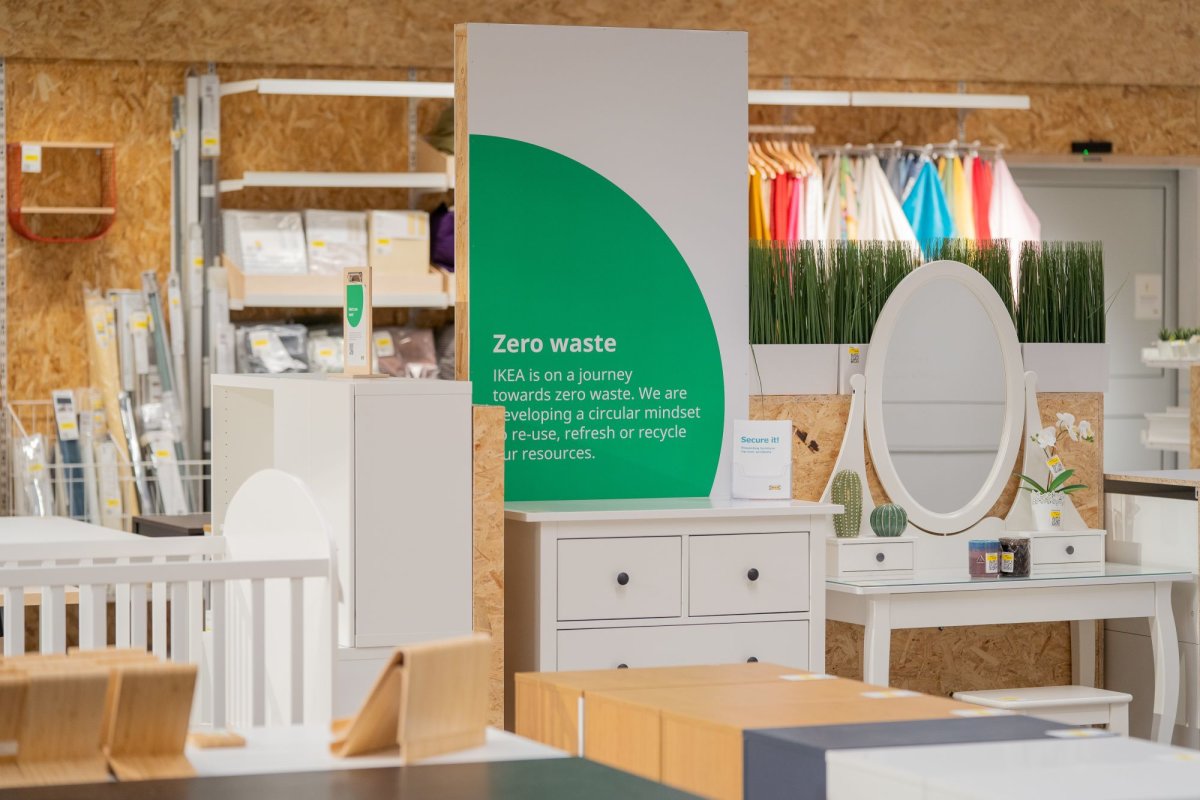As humans, we love change and changing our environments. That’s that one thing that has been ingrained in us for ages. The same goes with our living spaces and places we spend most of our time in. Our homes, office spaces, studios, just like our wardrobe. We want to go with the trend here too. Like how many times have you thought about changing that living room couch with something that matches the ‘new vibe’ of the house?
Pieces of furniture come in and go out like never. People throw millions of tons of them every year. In developed countries like America, the amount of furniture ending up in landfills has doubled in the last 35 years. That’s the time when IKEA opened its very first store in the US, about 35 years ago. And now it is trying to keep its used stuff from going into the trash and solve the furniture waste problem.
The company plans to make all of its 10,000 products from recycled or renewable materials. They also launched a “buyback” program in around 30 countries. The IKEA store in Vancouver, Canada, has a program that rewards customers when they bring in their used IKEA furniture. People just upload a photo of the furniture online, wait for their piece to get approved by them, and then just drop it off. Then the items, after being cleaned, go to a special section of the store.

In 2020 alone, the company helped give 39 million products a new life after being once used. In Sweden, IKEA’s home country, there’s a second-hand store that salvages furniture from the recycling centre.
The company expanded with one of its stores in the Rayatuna mall in Sweden in 2020, to see if selling refurbished furniture in smaller locations like this one is economically viable. And people drop off hundreds of pieces of furniture here every single day. The dropped furniture goes for sorting and the refurbishers steam clean paint furniture, and the rejected furniture goes to the recycling centres. IKEA plans to expand this system by November this year to see if the model can expand globally and eventually bring in profits.
Tackling this multi-million-ton furniture waste problem can not be so difficult to achieve with a little conscious shift towards sustainability both as a manufacturer and as a consumer. The evergreen model of “reduce, reuse, and recycle” can come in handy in the following context: What we, as individuals, lack is proper awareness and some real-time practical actions.
Tazeen Ansari

